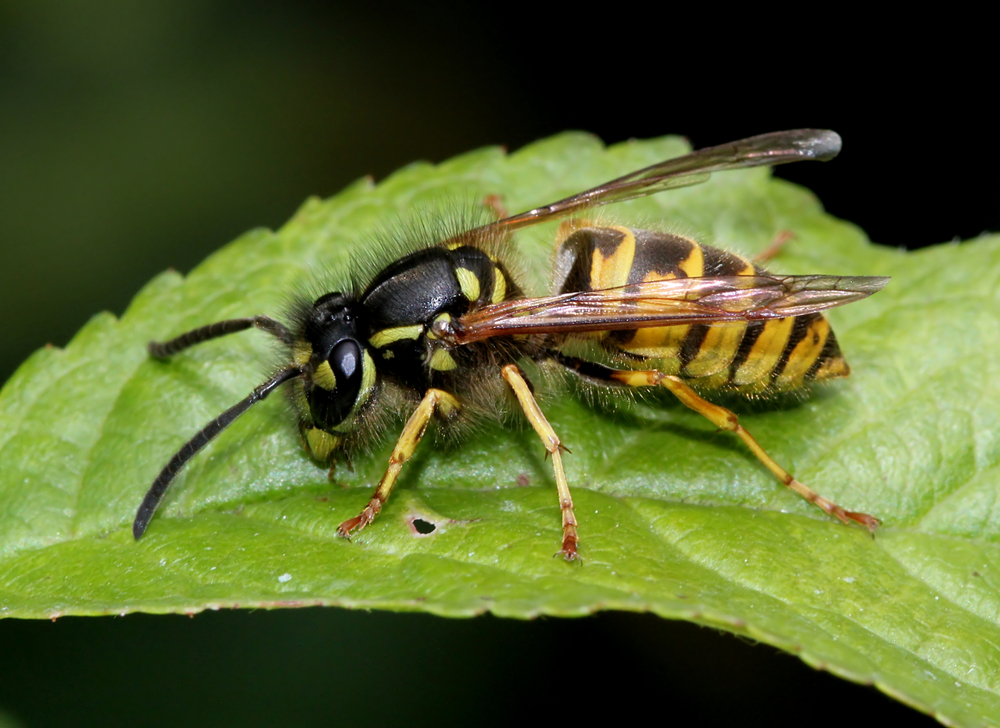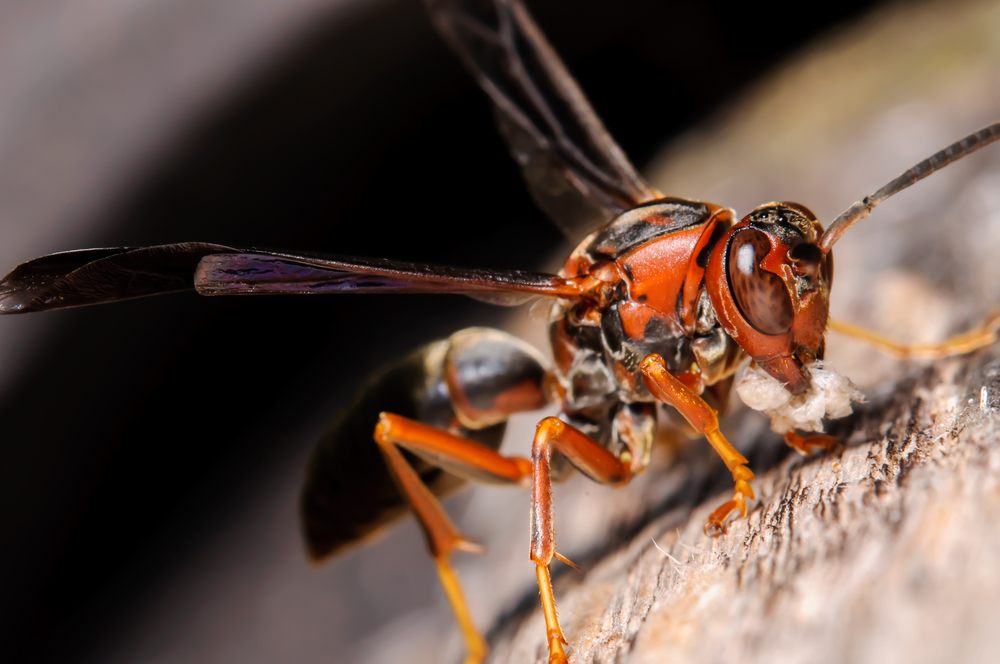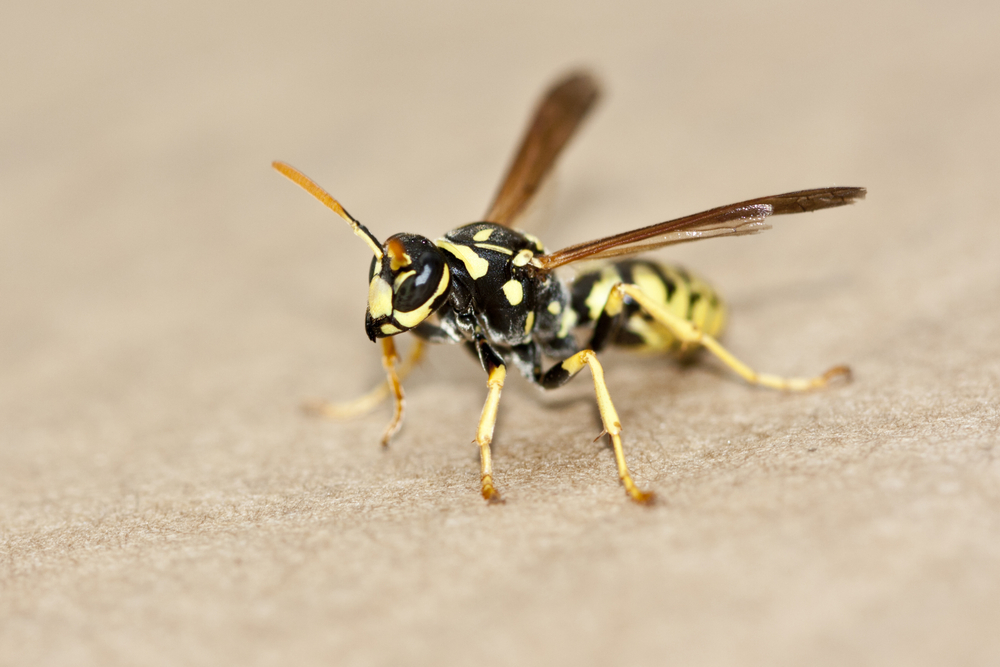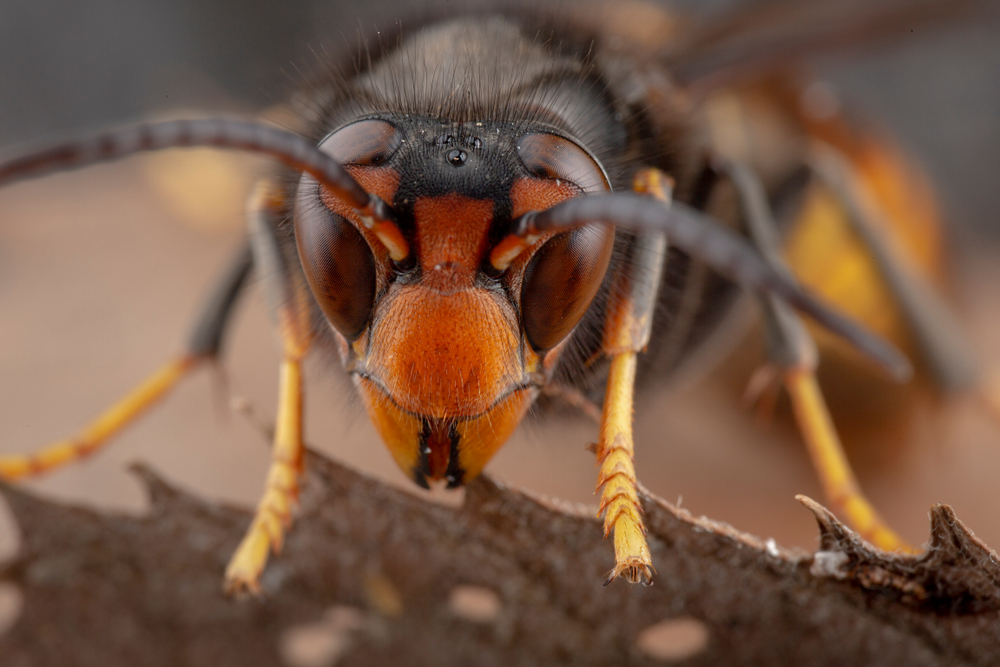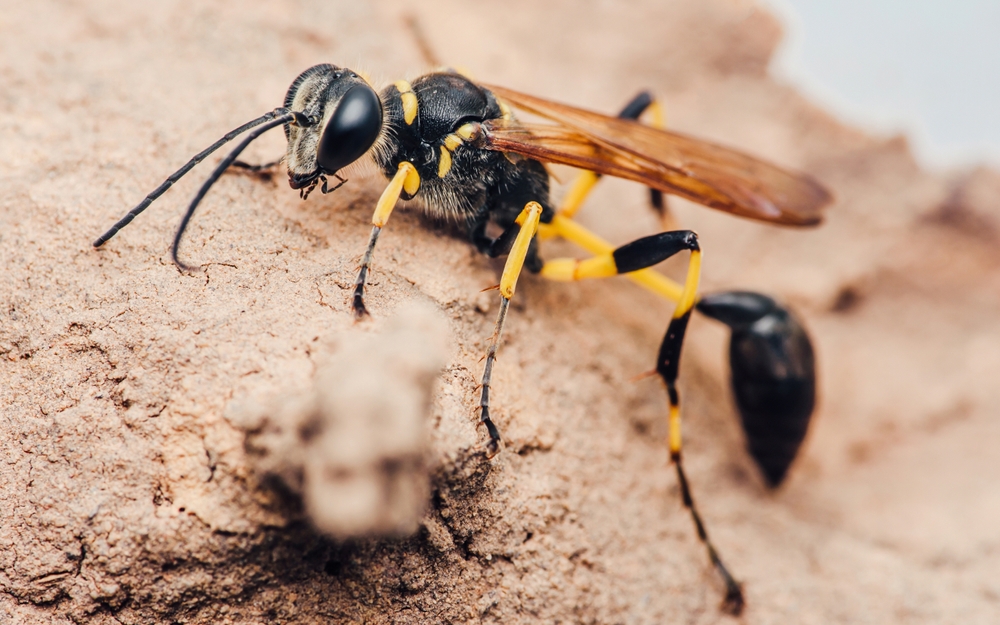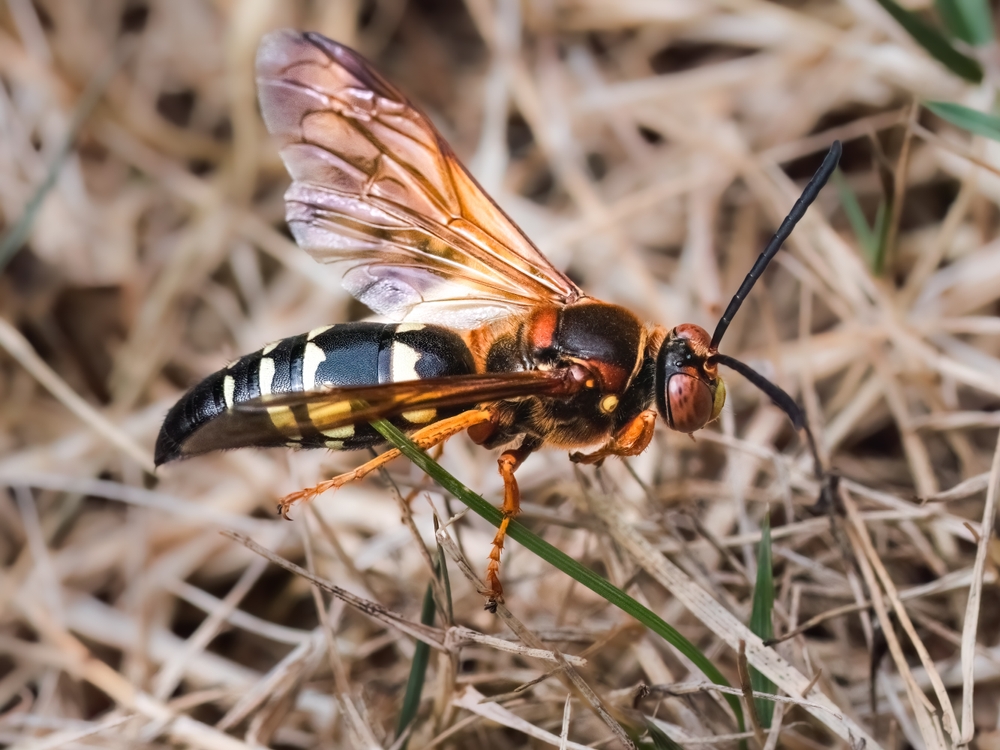About
#Insect
The European common wasp is a highly social and widespread species native to Europe and parts of Asia, now also established in New Zealand and southeastern Australia. Known for its aggressive defense of nests and painful sting, this wasp is both a nuisance pest and an important scavenger and predator in ecosystems and urban settings.
Adults measure 12–17 mm (0.5–0.7 inches) in length. They are easily identified by their bright yellow and black banded bodies, with a small waist, yellow face, and black antennae. Unlike bees, they have smooth stingers and can sting multiple times, which they do readily if their nest is threatened.
European common wasps are eusocial insects, living in colonies that can number thousands. Each colony is headed by a queen, who lays all the eggs, while sterile female workers build the nest, gather food, and care for the young. Nests are typically constructed from chewed wood pulp and saliva, forming large papery structures in trees, attics, sheds, or underground burrows.
They are omnivorous, feeding on nectar, fruit, carrion, and other insects—making them both pollinators and predators. In late summer, when colonies are at their peak and food sources become scarcer, worker wasps often turn to human food, scavenging around picnics, garbage bins, and sugary drinks.
Reproduction peaks in late summer, when new queens and males are produced. After mating, males die, and the fertilized queens seek a place to hibernate and start new colonies the following spring. The rest of the colony dies off as temperatures drop.
The European common wasp’s scientific name is Vespula vulgaris, and it belongs to the family Vespidae.
Threatened:
Extinct
Critically Endangered
Endangered
Vulnerable
Near Threatened
Least Concern



































































